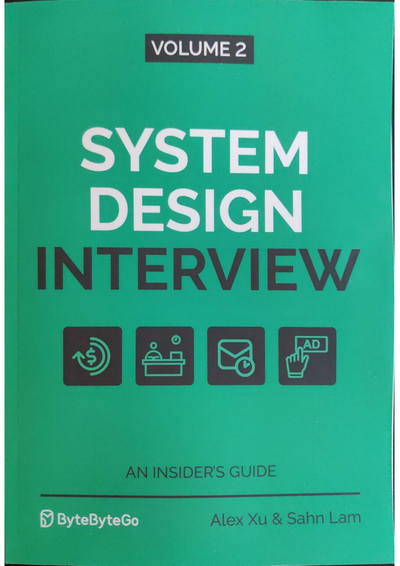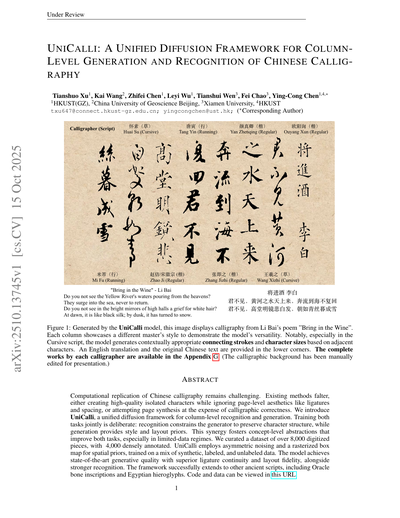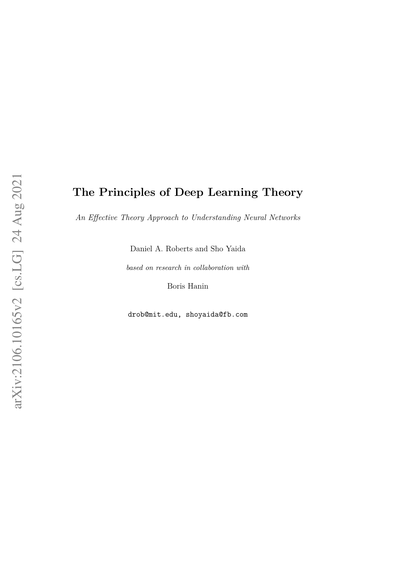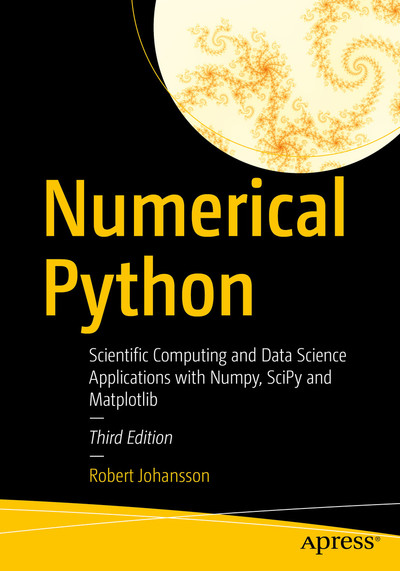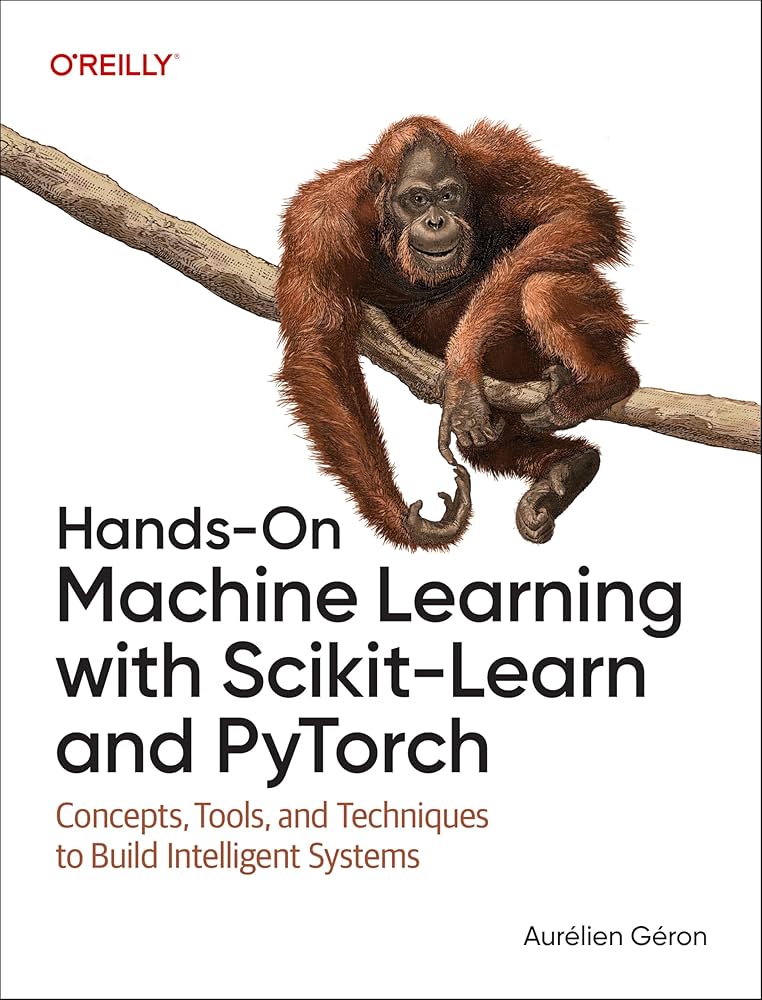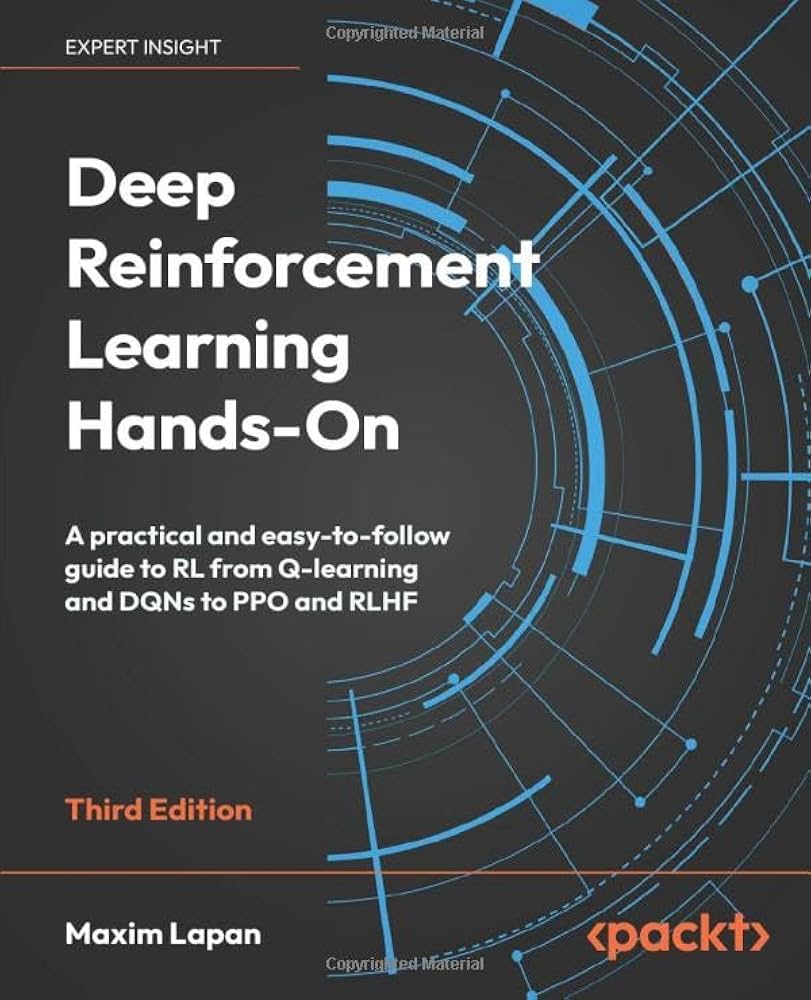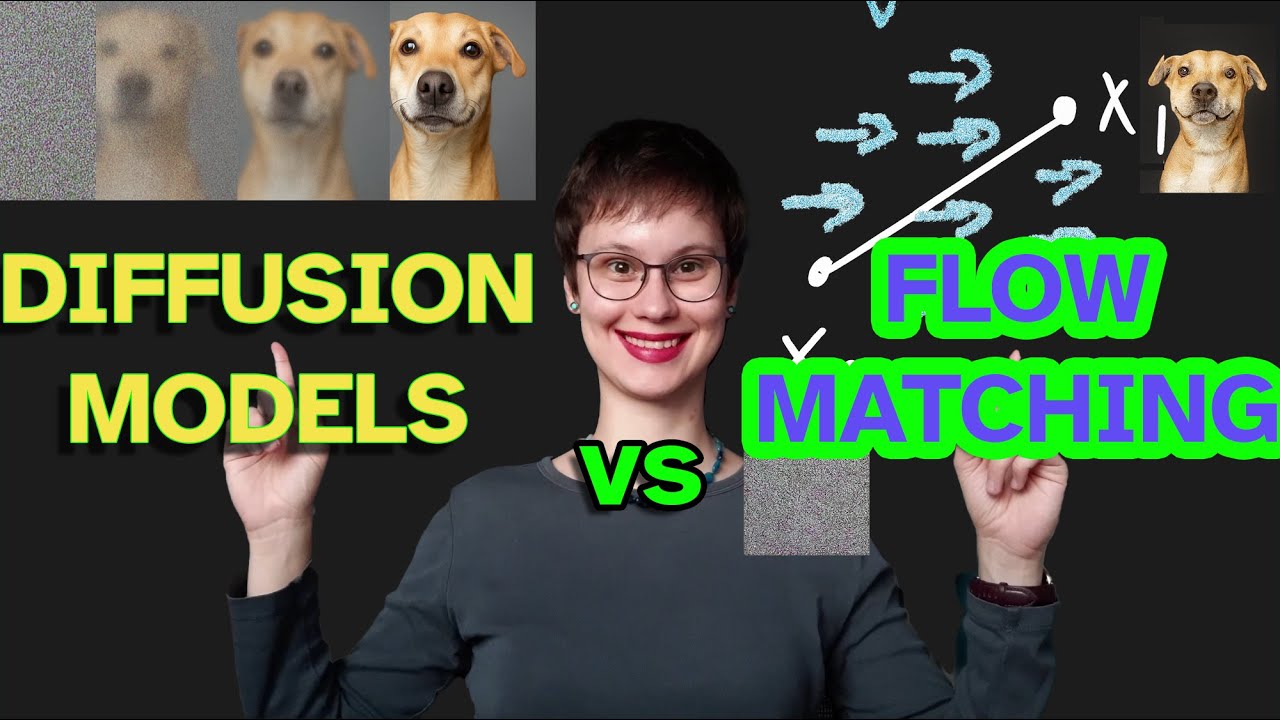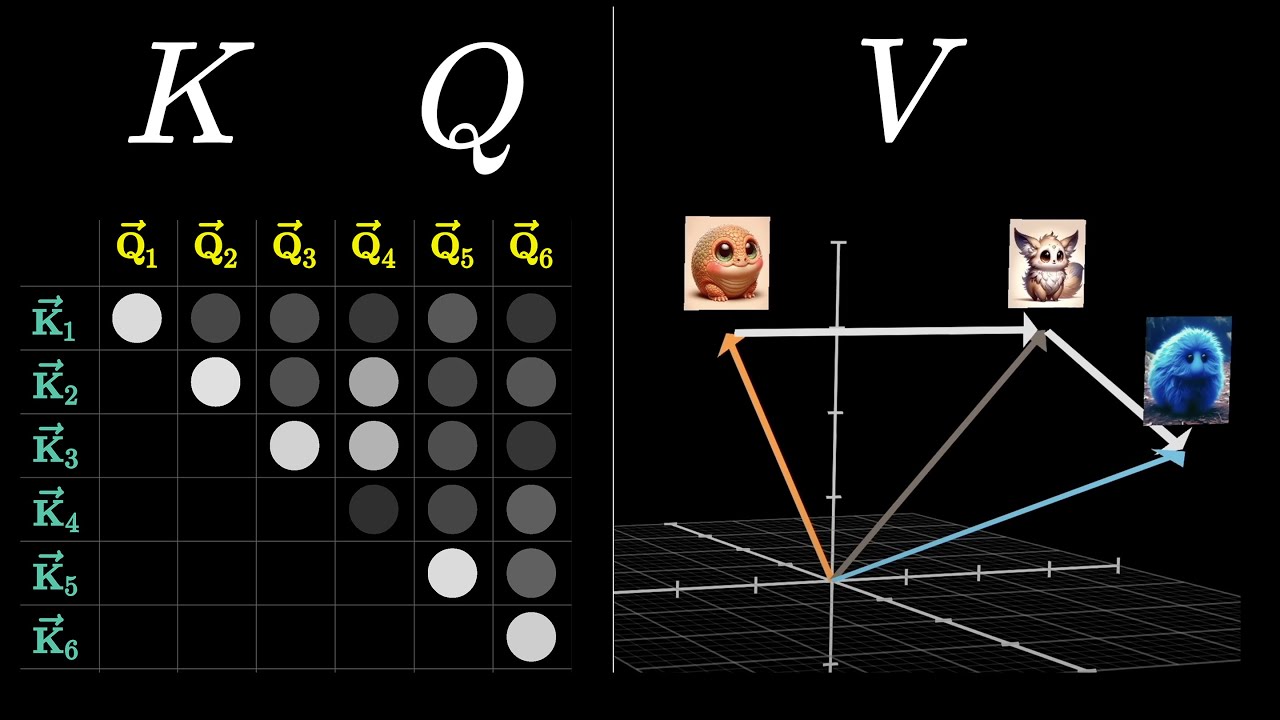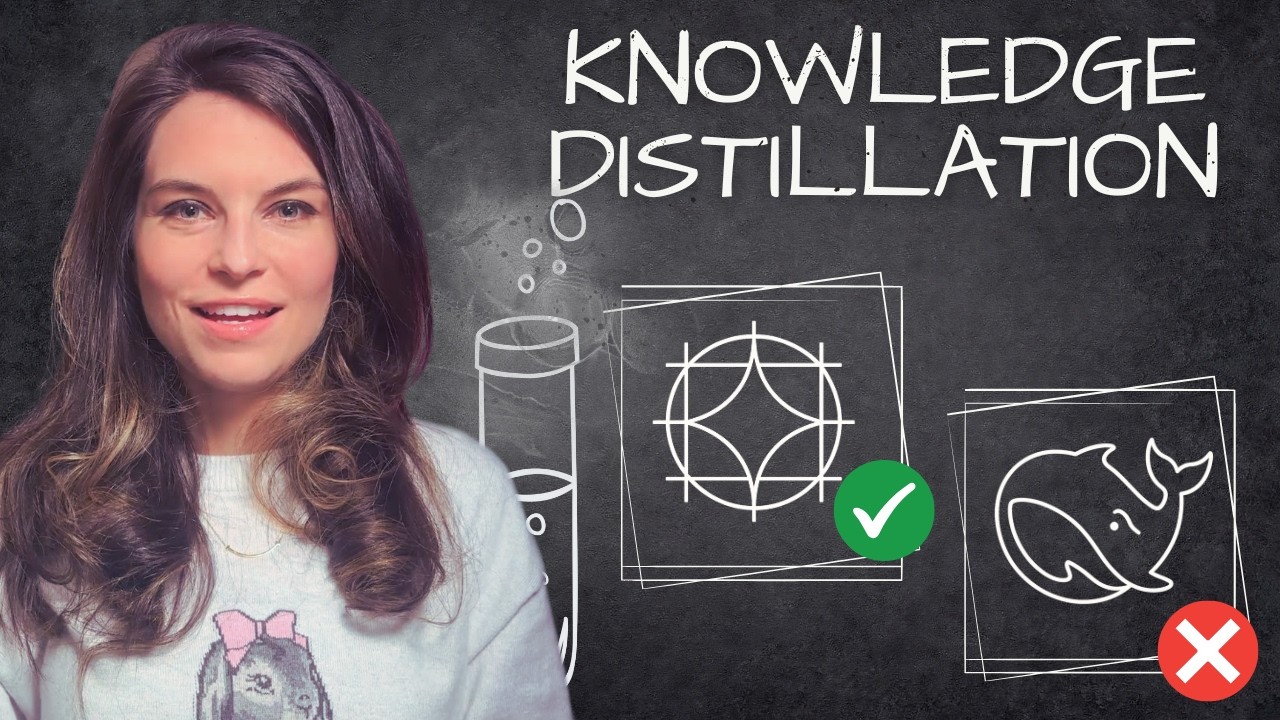
Online Workshop Every Week
Join our free weekly interactive learning sessions.
Master AI/ML with instant feedback and personalized learning
"Cogito, ergo sum" (I think, therefore I am)
— René Descartes

Free Problems
Chapter 17 - Advanced Transformer Techniques
This problem set covers advanced techniques for improving transformer performance, including acceleration methods, handling long sequences, and alternative architectures. Based on Chapter 17 of "Hands-On Machine Learning with Scikit-Learn and PyTorch" by Aurélien Géron, these questions test your understanding of key concepts like attention optimization, positional encodings, and state-space models.
37 pts
Medium
102
transformers
computational challenges
deep learning
+7
Chapter 16 - Vision and Multimodal Transformers
This problem set covers key concepts from Chapter 16 on Vision and Multimodal Transformers. You'll explore vision transformers (ViTs), their hierarchical variants, self-supervised learning techniques, and multimodal architectures that combine vision with other modalities like text and audio. The problems progress from fundamental concepts to advanced applications, testing your understanding of transformer architectures beyond natural language processing.
39 pts
Medium
93
vision transformers
self-attention
image processing
+7
Chapter 15 - Transformer Architecture and Applications
This problem set covers key concepts from Chapter 15 on Transformers for Natural Language Processing and Chatbots. You'll explore the Transformer architecture, multi-head attention, encoder-decoder models, and practical applications like chatbots and fine-tuning techniques. The problems progress from fundamental concepts to advanced applications, testing your understanding of how transformers work and how they're used in modern NLP systems.
29 pts
Medium
96
transformer architecture
attention mechanisms
deep learning
+7
Chapter 14 - Natural Language Processing with RNNs and Attention
This problem set covers key concepts from Chapter 14 on Natural Language Processing with RNNs and Attention. You'll explore character RNNs, tokenization techniques, embeddings, sentiment analysis, encoder-decoder models, and attention mechanisms. These problems test your understanding of both theoretical concepts and practical implementations using PyTorch and Hugging Face libraries.
26 pts
Medium
100
natural language processing
rnn training
text generation
+7
Chapter 13 - Processing Sequences Using RNNs and CNNs
This problem set covers key concepts from Chapter 13 on processing sequences using Recurrent Neural Networks (RNNs) and Convolutional Neural Networks (CNNs). You'll explore RNN architectures, training methods, time series forecasting, and advanced sequence processing techniques including LSTM, GRU, and WaveNet. These problems test your understanding of sequence modeling fundamentals and practical applications.
28 pts
Medium
99
recurrent neural networks
rnn weight matrices
neural network parameters
+7
Chapter 13 - Processing Sequences Using RNNs and CNNs
This problem set covers key concepts from Chapter 13 on processing sequences using Recurrent Neural Networks (RNNs) and Convolutional Neural Networks (CNNs). You'll explore RNN architectures, training methods, time series forecasting, and advanced sequence processing techniques including LSTM, GRU, and WaveNet. These problems test your understanding of sequence modeling fundamentals and practical applications.
29 pts
Medium
96
recurrent neural networks
rnn architecture
neural network parameters
+7
Premium Problems
Knowledge Graphs
USA AI Olympiad
Explore competitive programming and AI contest preparation concepts
Grade 5 Math
Discover elementary mathematics concepts and learning paths
Featured PDFs
View All PDFsSystem Design Interview: An Insider's Guide Volume 2
116 questions
348 pts
System Design Interview: An Insider's Guide
108 questions
317 pts
UNICALLI: A UNIFIED DIFFUSION FRAMEWORK FOR COLUMN-LEVEL GENERATION AND RECOGNITION OF CHINESE CALLIGRAPHY
10 questions
38 pts
The Principles of Deep Learning Theory
107 questions
418 pts
Featured Books
View All BooksAcing the System Design Interview
153 questions
456 pts
Numerical Python: Scientific Computing and Data Science Applications with Numpy, SciPy and Matplotlib
190 questions
543 pts
Hands-On Machine Learning with Scikit-Learn and PyTorch
200 questions
554 pts
Deep Reinforcement Learning Hands-On - Third Edition
222 questions
720 pts
Featured Videos
View All VideosFlow-Matching vs Diffusion Models explained side by side
10 questions
29 pts
Attention in transformers, step-by-step | Deep Learning Chapter 6
10 questions
30 pts
Knowledge Distillation: How LLMs train each other
10 questions
27 pts
Diffusion Model
10 questions
32 pts
Popular Topics
machine learning
56
deep learning
40
neural networks
35
reinforcement learning
33
system-design
28
grade5
27
optimization
14
large language models
13
attention mechanisms
13
combinatorics
13
system-architecture
13
natural language processing
12
aime problems
12
Number Sense
12
scalability
11
beginner
10
number theory
10
performance
10
transformers
9
capacity-planning
9
Click on any tag to filter problems by that topic
